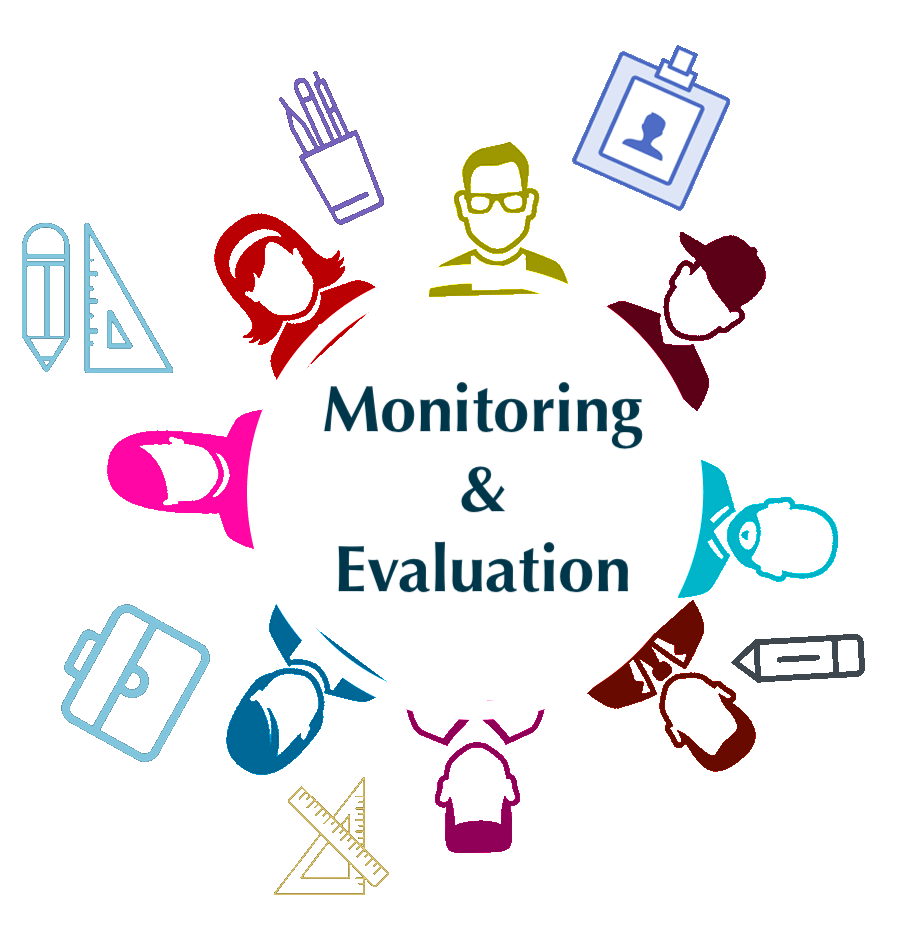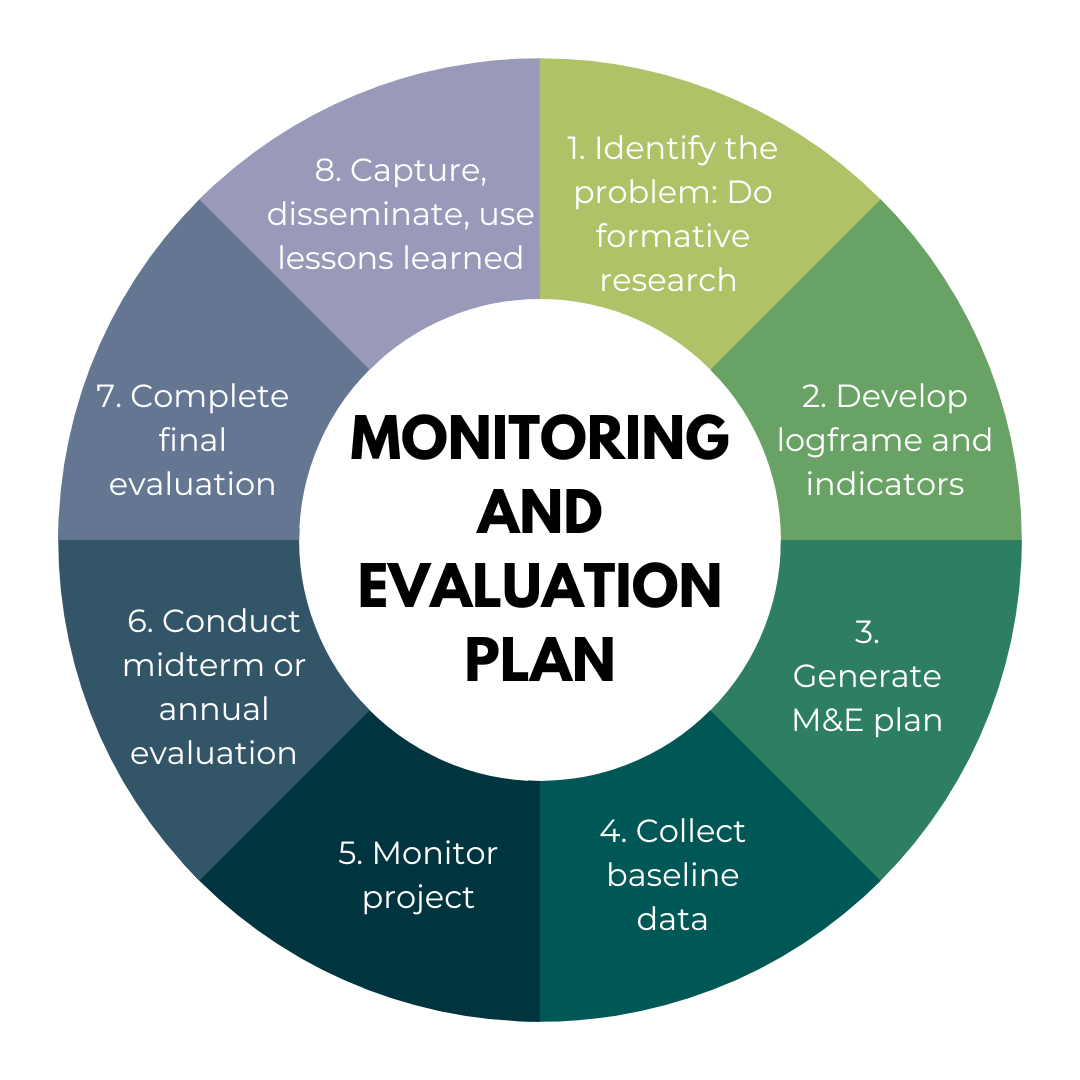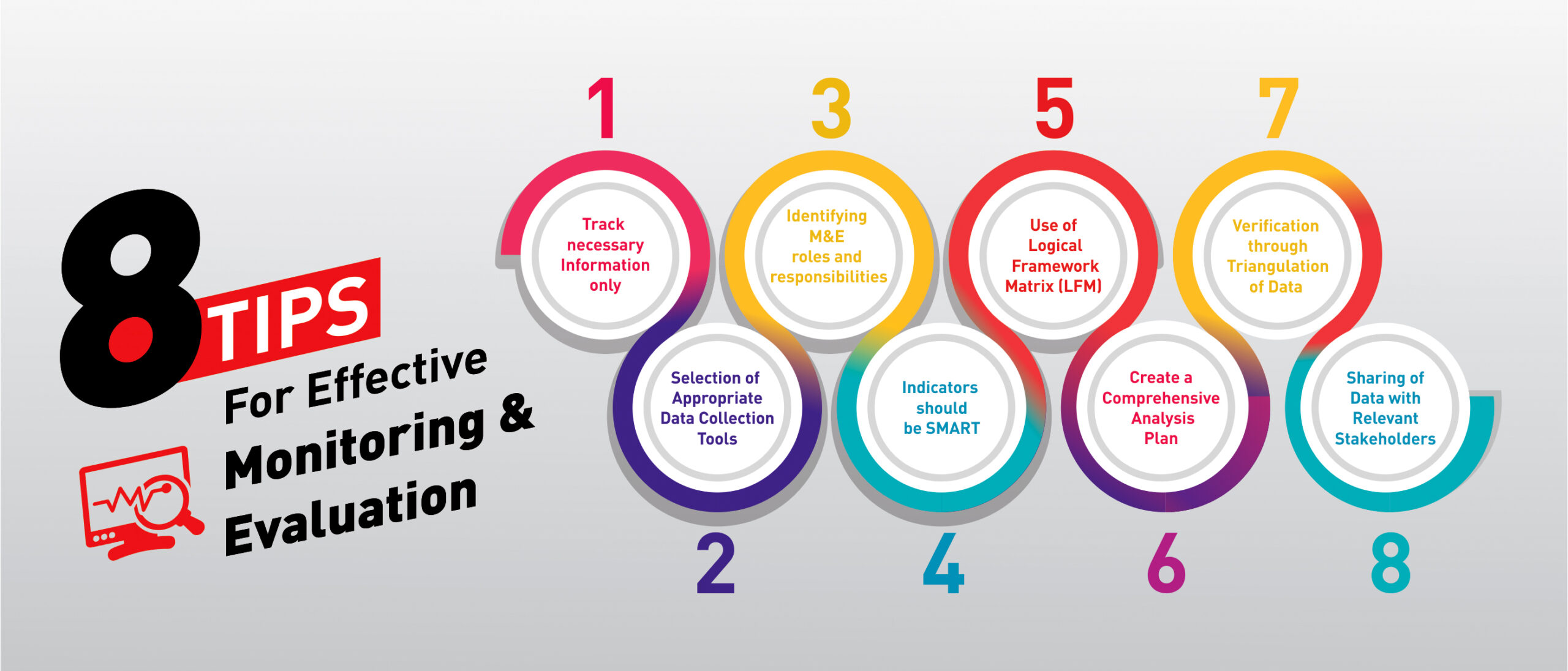Monitoring and evaluation (M&E) are essential components of forestry and beekeeping projects. M&E helps to ensure that projects are implemented effectively, achieve their intended goals, and provide accountability for the resources invested in the project. In the context of forestry and beekeeping projects, M&E can be used to monitor progress towards meeting project objectives, assess the impact of the project on the environment and local communities, and identify areas for improvement.



There are several key steps involved in M&E for forestry and beekeeping projects. These include:
In addition to these steps, there are several best practices that can help to ensure effective M&E for forestry and beekeeping projects. These include:
